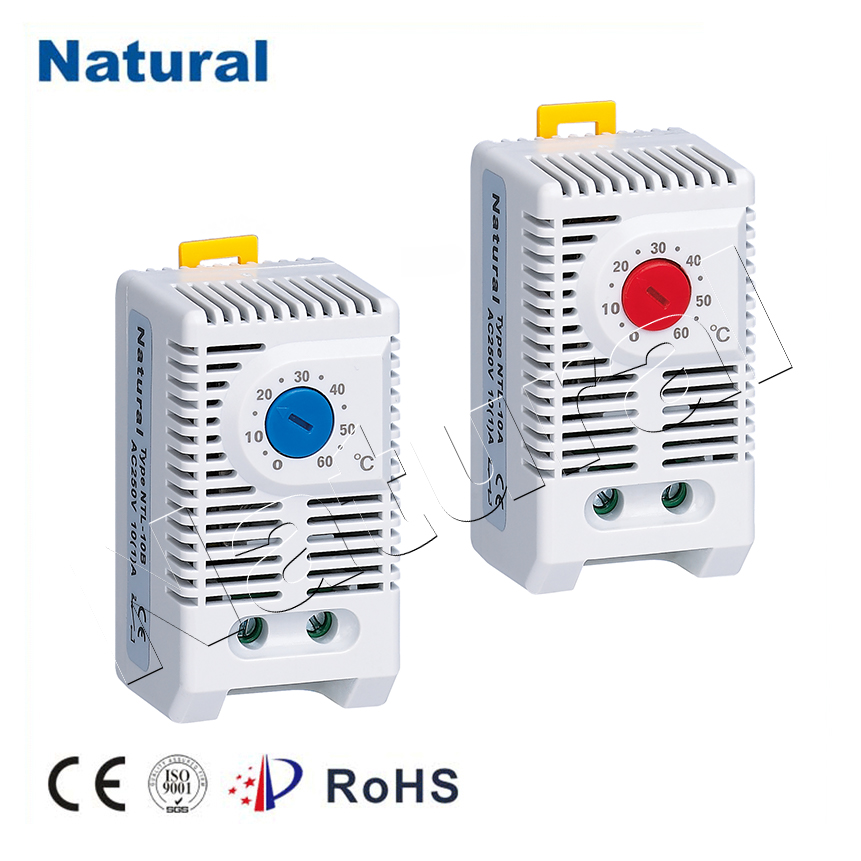Thermostats: The Unsung Heroes of Comfort and Efficiency

Introduction In our daily lives, we often take for granted the comfortable temperature within our homes or workplaces. It’s easy to forget the intricate devices responsible for maintaining these ideal conditions, and chief among them is the humble thermostat. In this article, we will delve into the world of thermostats, exploring their history, functionality, and their significant role in enhancing our comfort and energy efficiency. The Evolution of Thermostats Thermostats have come a long way since their inception. The earliest thermostat-like devices date back to ancient Greece, where the concept of regulating temperature through air circulation and ventilation was first introduced. However, the modern thermostat as we know it was not developed until the 17th century. Cornelis Drebbel, a Dutch inventor, created a mercury thermostat, a significant step in the evolution of these devices. It wasn’t until the 19th century that the bimetallic thermostat, which relied on the expansion and contraction of two different metals, was invented. This laid the foundation for the thermostats we use today. The Inner Workings of a Thermostat A thermostat is essentially a temperature-sensitive switch that controls heating and cooling systems to maintain a desired temperature. It consists of several key components, including: Temperature Sensor: This is the core element of the thermostat, responsible for monitoring the ambient temperature. Modern thermostats use advanced sensors like thermistors or electronic thermometers. Control Unit: The control unit processes the temperature data from the sensor and compares it to the user-set temperature, determining whether the heating or cooling system should be activated. Output Device: Once the control unit makes its decision, it sends signals to the heating or cooling system to turn it on or off. This is usually done through electrical circuits or wireless communication. User Interface: Most thermostats are equipped with user-friendly interfaces, allowing occupants to set their preferred temperatures and operating modes. How Thermostats Improve Comfort Thermostats play a crucial role in ensuring indoor comfort. They maintain a consistent temperature within a specified range, preventing drastic fluctuations that can make living spaces uncomfortable. With programmable thermostats, users can set different temperatures for various times of the day, optimizing comfort according to their daily routines. Energy Efficiency and Cost Savings One of the most significant benefits of thermostats is their contribution to energy efficiency. By regulating heating and cooling systems more efficiently, they can help reduce energy consumption and lower utility bills. Here’s how: Preventing Overheating or Overcooling: Thermostats ensure that the heating or cooling system only operates when necessary. This prevents the wasteful habit of overheating in winter or overcooling in summer. Programmable Settings: Programmable thermostats enable users to create heating and cooling schedules that align with their daily routines. For instance, you can lower the temperature when you’re away at work and have it automatically increase when you return home, saving energy when it’s not needed. Smart Thermostats: The advent of smart thermostats has revolutionized energy efficiency. These devices can learn your preferences, adapt to weather conditions, and be controlled remotely via smartphones. Some even provide detailed energy usage reports to help users make informed decisions about energy conservation. Conclusion Thermostats are the unsung heroes of our indoor comfort and energy efficiency. From their humble beginnings to the sophisticated smart thermostats of today, these devices have come a long way. They work silently in the background, ensuring that we are always at the right temperature without wasting energy. As we continue to seek ways to reduce our carbon footprint and lower energy costs, thermostats will remain essential tools in achieving these goals, making our lives more comfortable and environmentally friendly.